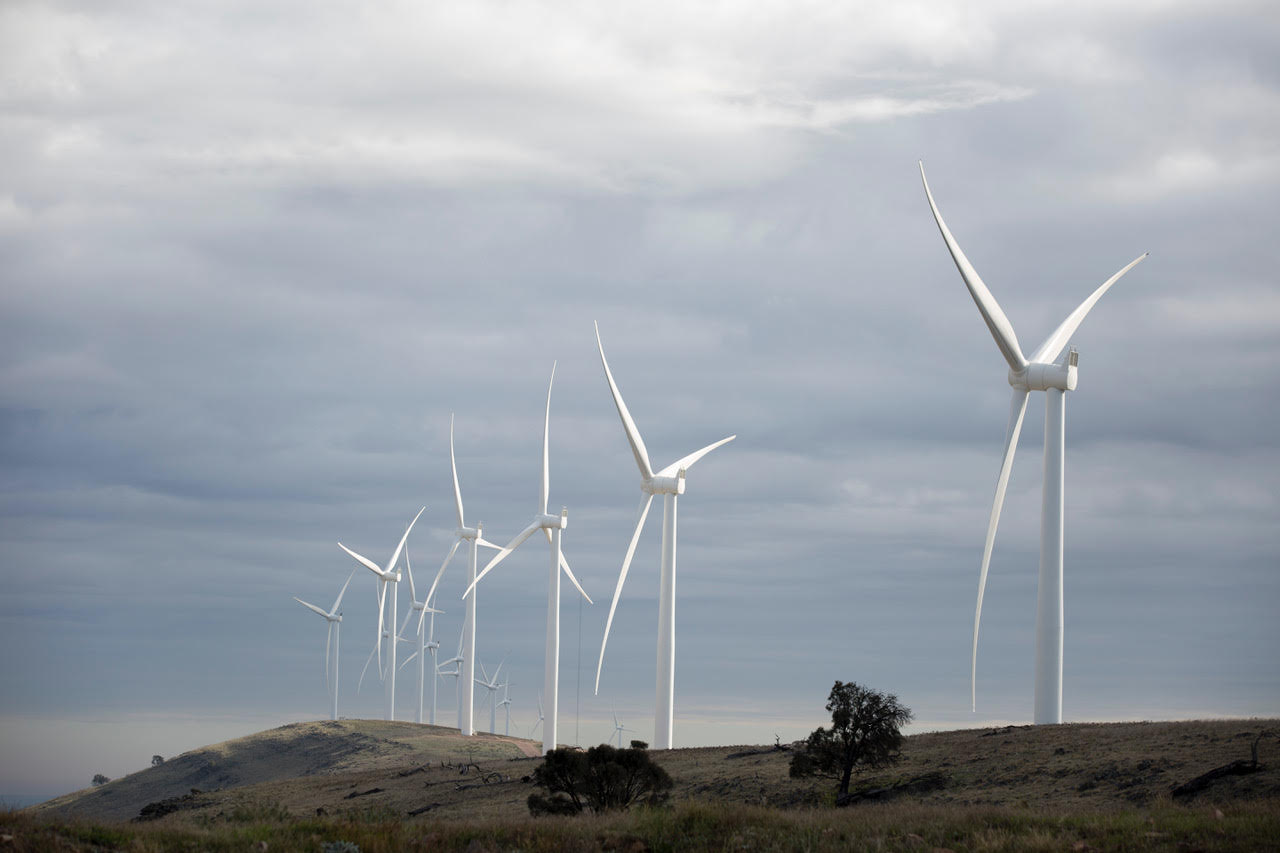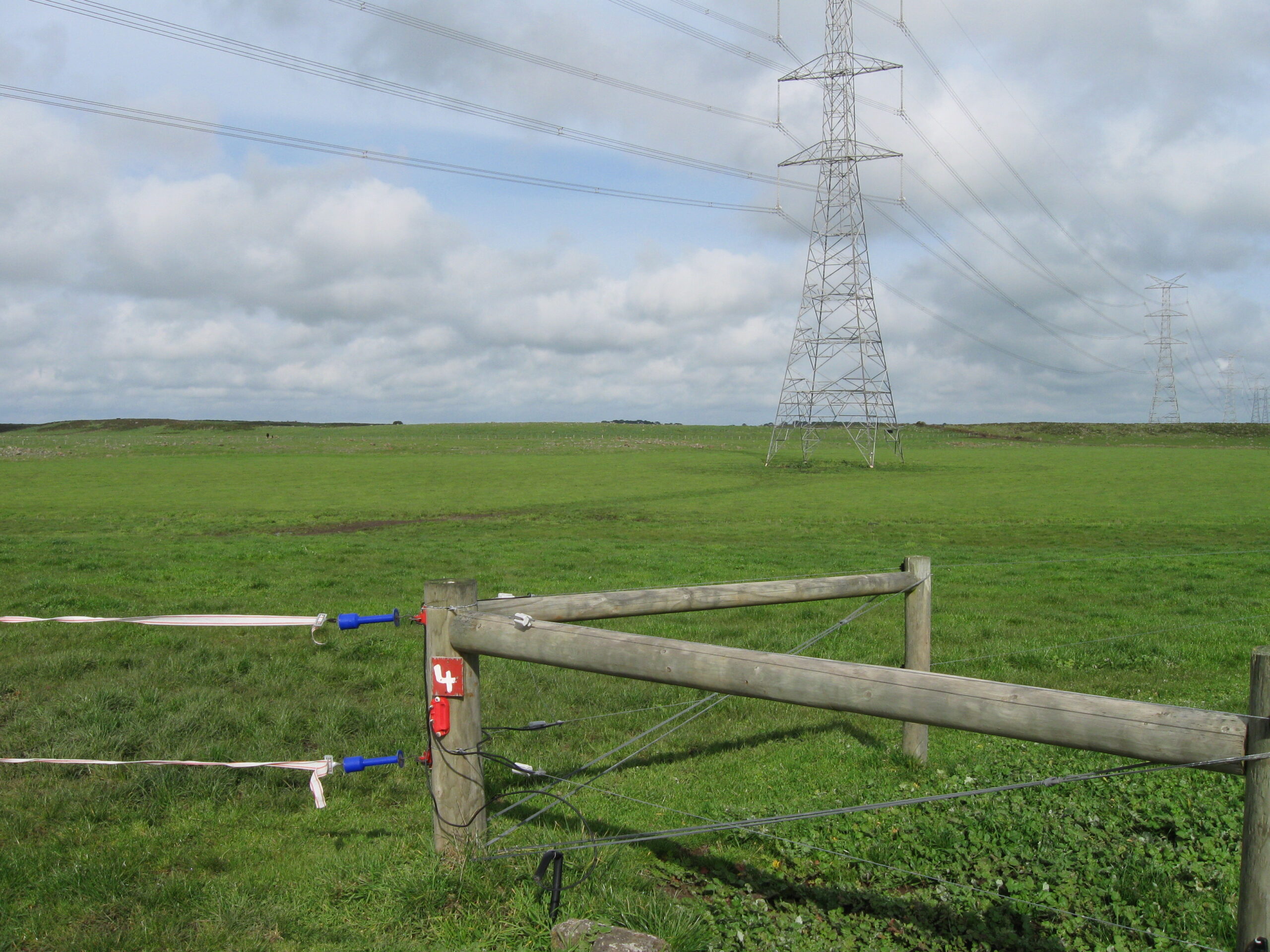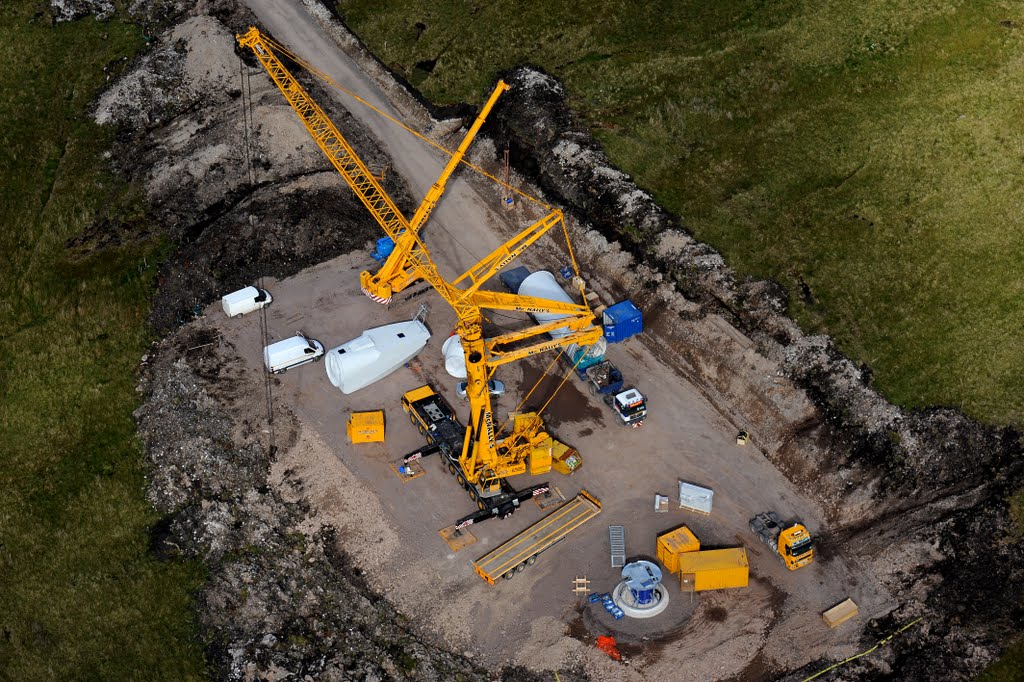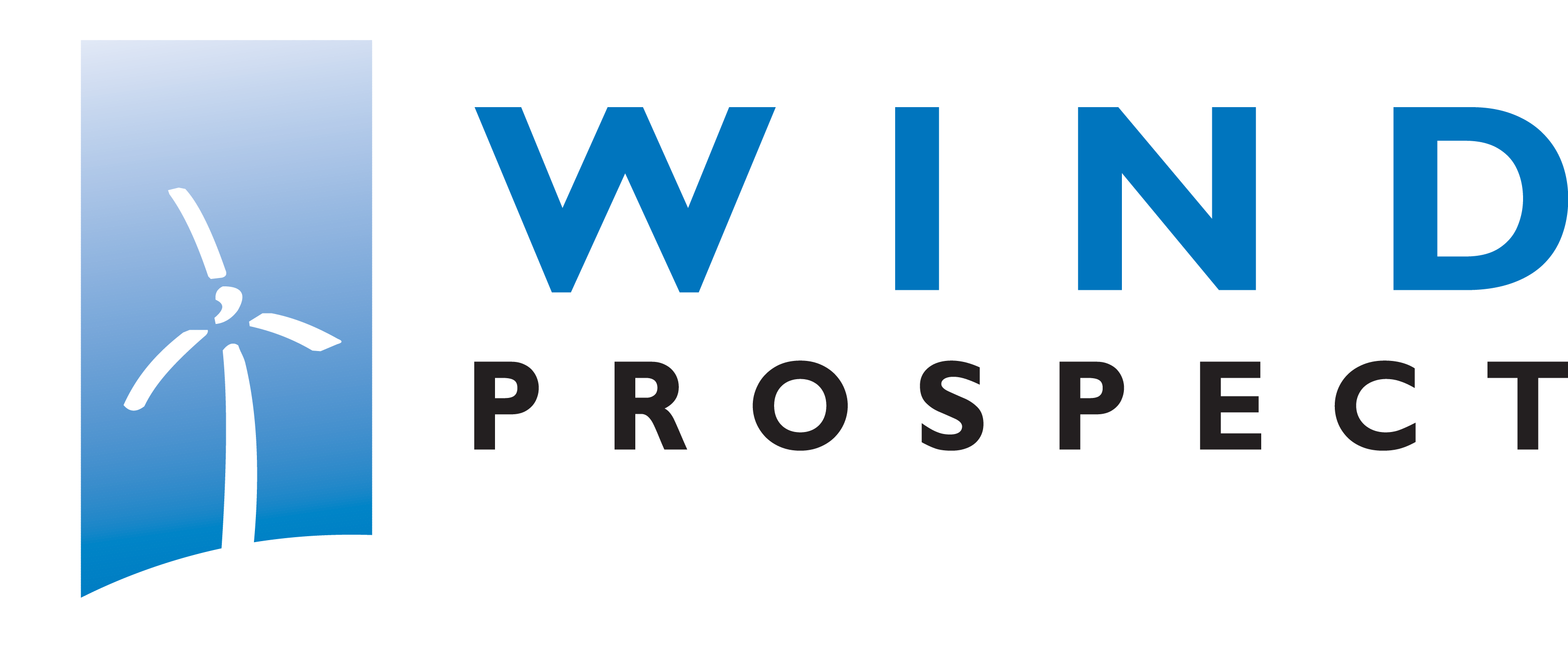The Hexham Wind Farm project

Up to 109 wind turbines
Estimated 2,850 GWh annual output
Up to 515,000 households annually
Up to 1.88m tonnes of CO2 abated annually
Hexham Wind Farm
The proposed Hexham Wind Farm is located between Hexham, Caramut and Ellerslie in south-west Victoria. The area is predominantly cleared land used for cattle and sheep farming although some of the properties are also used for dairy farming and cropping.
The project would incorporate up to 109 wind turbines with a total height of up to 260 metres from ground to blade tip. It would also include an on-site terminal station and battery energy storage facility and other associated infrastructure such as access tracks (new and upgrades to existing farm tracks where necessary). The electrical design for this proposed project includes overhead powerlines, all of which are contained within the site. It is expected that the wind farm would operate for at least 25 years.


Planning and approvals
An Environment Effects Statement (EES) referral was lodged with the Department of Environment, Land, Water and Planning (DELWP).
The EES referral contains a preliminary assessment of the potential environmental impacts of the project and demonstrates how these can be avoided or mitigated. The referral form and the preliminary environmental impact assessments are now available on the government’s website.
In April 2022, the Victorian Planning Minister decided that an EES would be required for Hexham Wind Farm under the Environment Effects Act 1978. It was determined the project has the potential for a range of significant and complex effects that require rigorous assessment.
The decision by the Minister for Planning has determined the planning pathway for the project. You can read the Minister’s decision here.
A referral on Matters of National Environmental Significance will also be made to the Department of Agriculture, Water and the Environment under the Environment, Protection and Biodiversity Conservation Act (1999).
Project timeline
STAGE 1 - Project feasibility
Planning and environment studies are undertaken and the proposed wind farm layout is optimised. Community engagement commences.
STAGE 2 - Current - Environment and planning approvals
Submission of State and Commonwealth referral forms. EES process and planning application process commence. Community engagement continues.
STAGE 3 - 2024 - Post planning
Obtain pre-construction approvals, complete detailed design and finalise project financing. Community engagement continues.
STAGE 4 - 2025 - Construction and operation commencement
Obtain pre-construction approvals, complete detailed design and finalise project financing. Community engagement continues.
STAGE 5 - 2050+ - Decommissioning
Infrastructure removed and land returned to previous state. Community engagement will continue during this stage.
Why here?
Located alongside the existing 500 kV transmission line and proximate to the Mortlake Terminal Station, with an excellent wind resource and a relatively low population density, the proposed location is very well suited to a wind farm development.
A successful wind farm development also benefits from a supportive local community. Wind Prospect hopes to achieve a social licence and strengthen community relationships during the development of the project.
Economic benefits
Wind farm developments bring other economic benefits to a regional community. These include opportunities for local contractors and suppliers of goods and services, as well as the opportunity for local employment during construction and operation. Labour and services from the local or regional area are engaged where the necessary skills and services are available.
Environmental benefits
Wind farms provide a renewable clean source of electricity and are arguably the most cost-effective source of new energy generation currently available.
Wind farms are well placed to make a strong contribution to reducing Australia’s greenhouse gas emissions.


